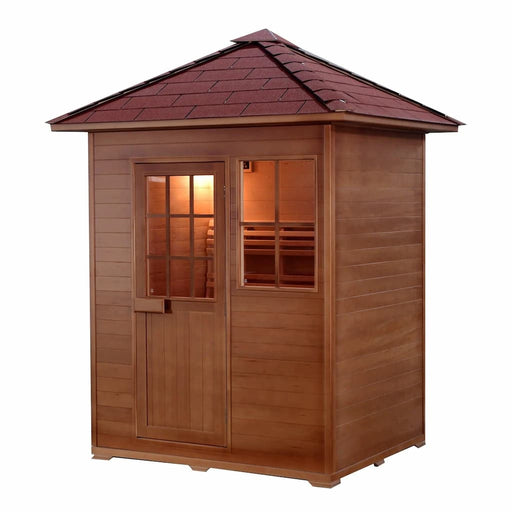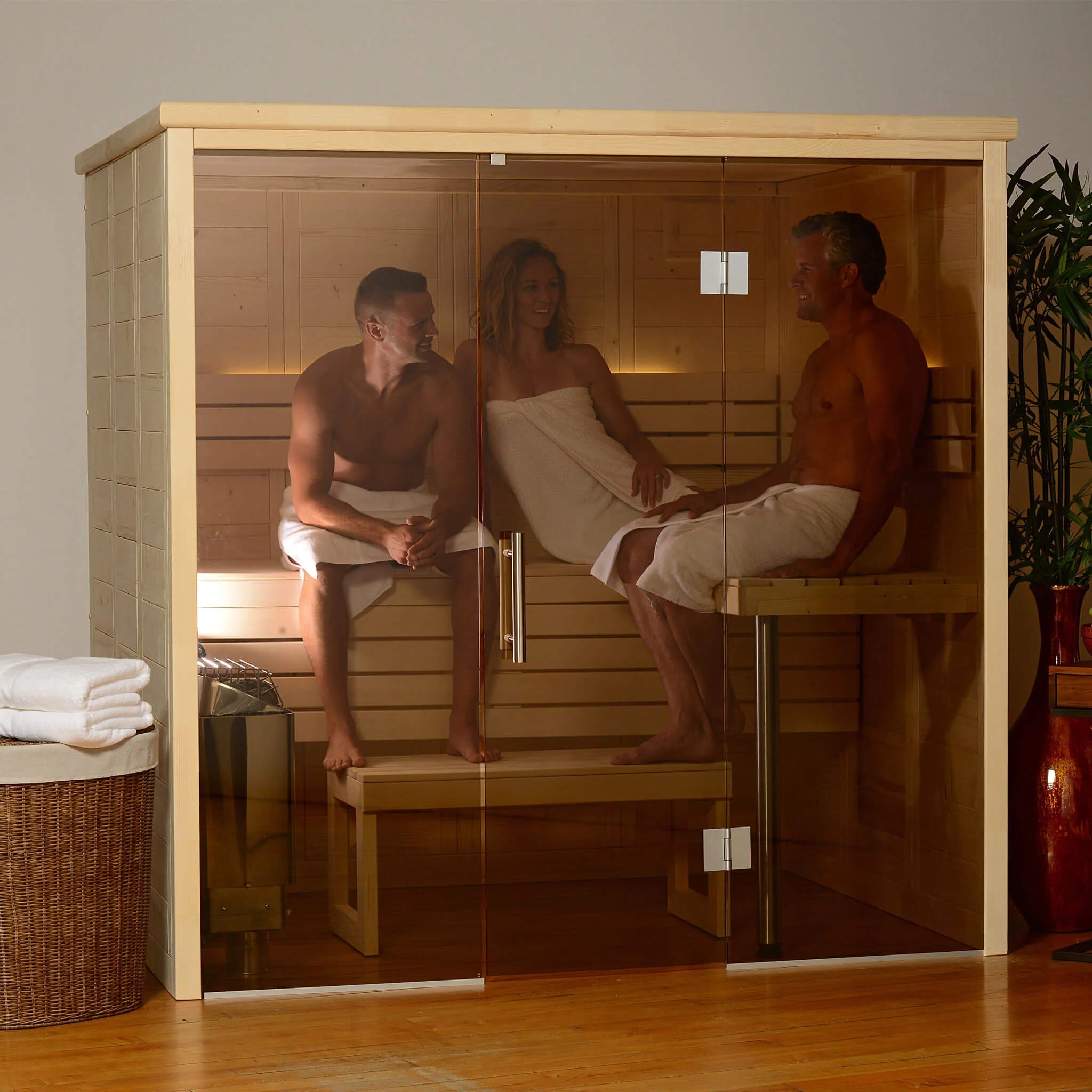Traditional Sauna - Questions
Table of Contents5 Simple Techniques For Traditional SaunaHow Traditional Sauna can Save You Time, Stress, and Money.Everything about Traditional SaunaThe Of Traditional Sauna
The majority of the weight lost in a sauna is water loss and is re-gained upon rehydrating. Without a question sauna can be an important component of a healthy weight loss program. To look at the differences in between conventional and IR saunas, I will certainly divide these into proven, theoretical, and fabricated differences.Thus, the most popular point in the saunawhich is at the ceiling straight above the sauna heateris normally in between 185 and 190 F. Traditional Sauna. Claims that a standard sauna goes beyond 200 F is simply not real and not suitable for electric saunas sold in the US. The temperature level for a far-infrared sauna is normally established in between 120 and 140 F; however, unlike the conventional sauna, the objective in and IR room is not to accomplish a heat
As a result of this, the temperature difference is nearly pointless, given that extreme sweating causes both sauna kinds, however the method of heating the body is various. In an IR sauna the bather will certainly really feel hot and will sweat profusely, but at a lot lower temperatures. Thus, if the objective is to spend longer time periods in the sauna, the IR sauna is an excellent option.

Some Of Traditional Sauna
When the heat is attained, the elements cycle on and off to preserve the heat. The majority of traditional sauna customers appreciate putting water over the rocks to produce heavy steam to elevate sauna humidity degrees. The benefits of putting water over the rocks include: making the area extra comfortable, dampening the nasal passages, and permitting the usage of aromatherapy by blending essential oils with the water.
In a far-infrared sauna, the warm front penetrate the body to successfully heat the body and increase the body core temperature level. To achieve this boosted temperature level, Far-infrared emitters develop infrared power which is close to the same wavelength as that which the body normally emitsoften described as the "Important Variety" of 7 to 14 microns), so the energy is well gotten by the body.
When the energy enters the body, it causes the body temperature to raise and eventually results in sweat. In an infrared sauna Related Site it's vital for the emitters/heaters to remain on virtually constantly. Given that there is no mass of rocks to preserve heat, the sauna will cool down if the emitters shut off.
As stated over, the sauna bather in an infrared space wishes to position himself before operating emitters to obtain maximum advantage from the warm. The home heating time for the two rooms can be extremely various, depending on just how the spaces are made use of. For a traditional sauna, a bather should allow 30-40 mins for the space to achieve a wanted temperature and to appropriately pre-heat the rocks.
Traditional Sauna for Dummies
A well constructed sauna will usually accomplish a temperature of 150-160 F in about 30-40 minutes. For hotter temperature levels, the area may need to warm for a longer duration.
To some, 15 mins was "squandered" while the infrared power heated up the wood panels as opposed to warming a body, while others find a pre-heated area to be more comfy and think an elevated starting temperature is necessary to start perspiring. The length of suggested use for each room is about the very same (10-15 mins per session); nonetheless, because of browse around here the lower air temperature levels and the ability to feel the impacts of infrared heat quicker than a typical sauna, it is not unusual for a person to spend an overall of 20-30 mins in an infrared sauna.
Traditional saunas tend to be bigger (thus make use of even more electrical energy) than infrared saunas, although standard saunas are absolutely offered in one and 2 person sizes too. For a two-person standard sauna, 5x6 or 5x7 size is most popular. The top bench can comfortably seat 2 or 3 people and is likewise long enough to relax during the sauna session.


The typical expense per kWH of electricity in the united state is about $0.11, so a 4.5 kW heating unit will cost roughly $.50 to compete one hour, if the heating system runs continually for one hour. Generally a sauna heating system will certainly run for 75% of the very first hour and 50% of subsequent hours on considering that the components cycle once the established temperature level is attained.
The smart Trick of Traditional Sauna That Nobody is Discussing
A two individual far-infrared space is typically literally smaller sized than a standard sauna, usually concerning 4' x 4' or smaller. The IR heating system is commonly 1.5-1.7 kW making use of a 120 volt 15 amp plug-in solution. Since the room can be utilized quicker than a sauna room, we will certainly presume the room is made use of for to of an hour including warm up time.
Lastly, there is a seldom talked about distinction in the social experience in between both rooms. While our society has shed several of the social advantage of the weblink traditional sauna experience, it can be extremely socially satisfying. From household time in the sauna, to heart-felt conversations with loved ones, to sauna partiesthe conventional sauna experience can bring about intimate socializing.
Most higher end infrared spaces consist of colored light treatment, sound systems and full-glass fronts.